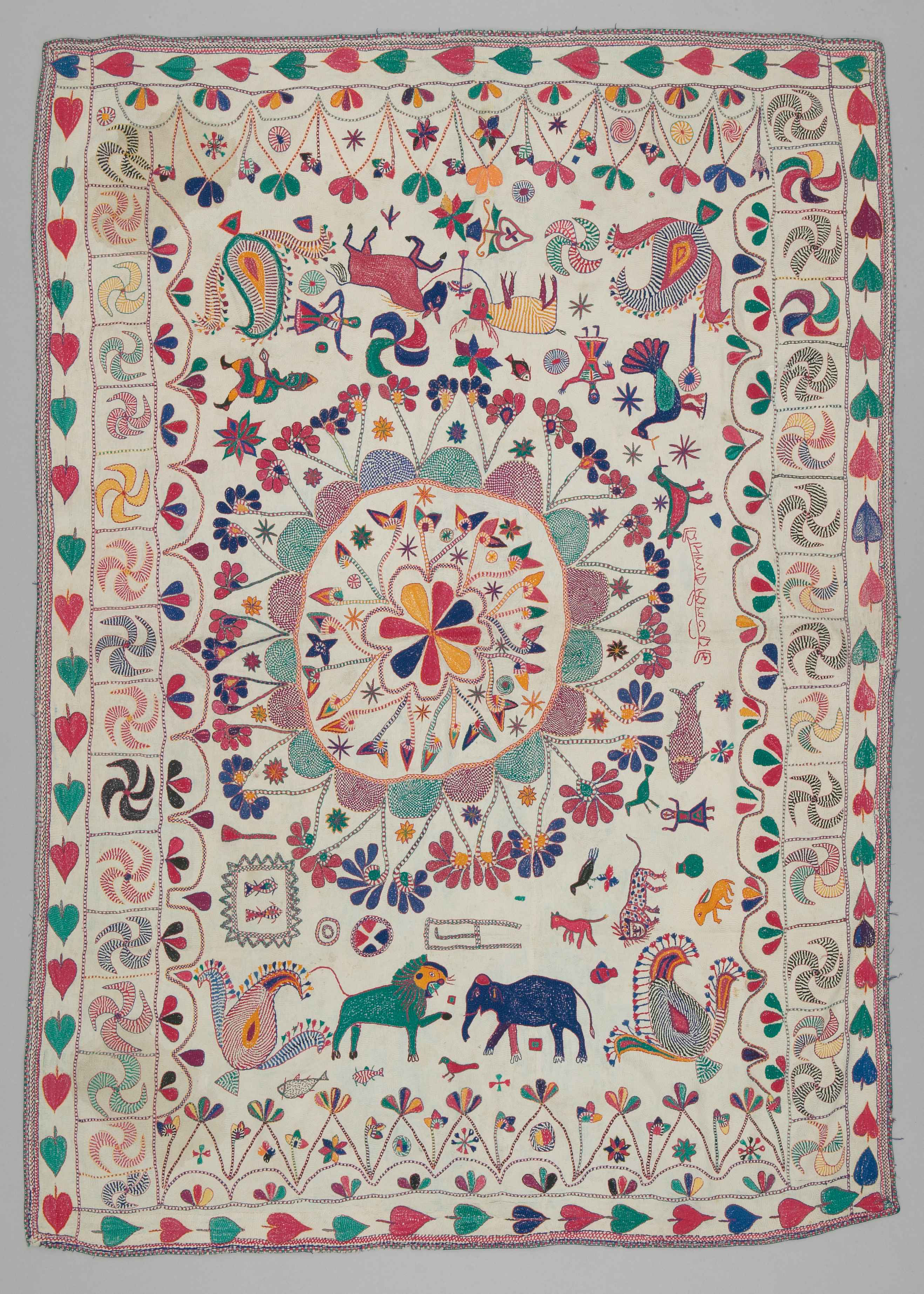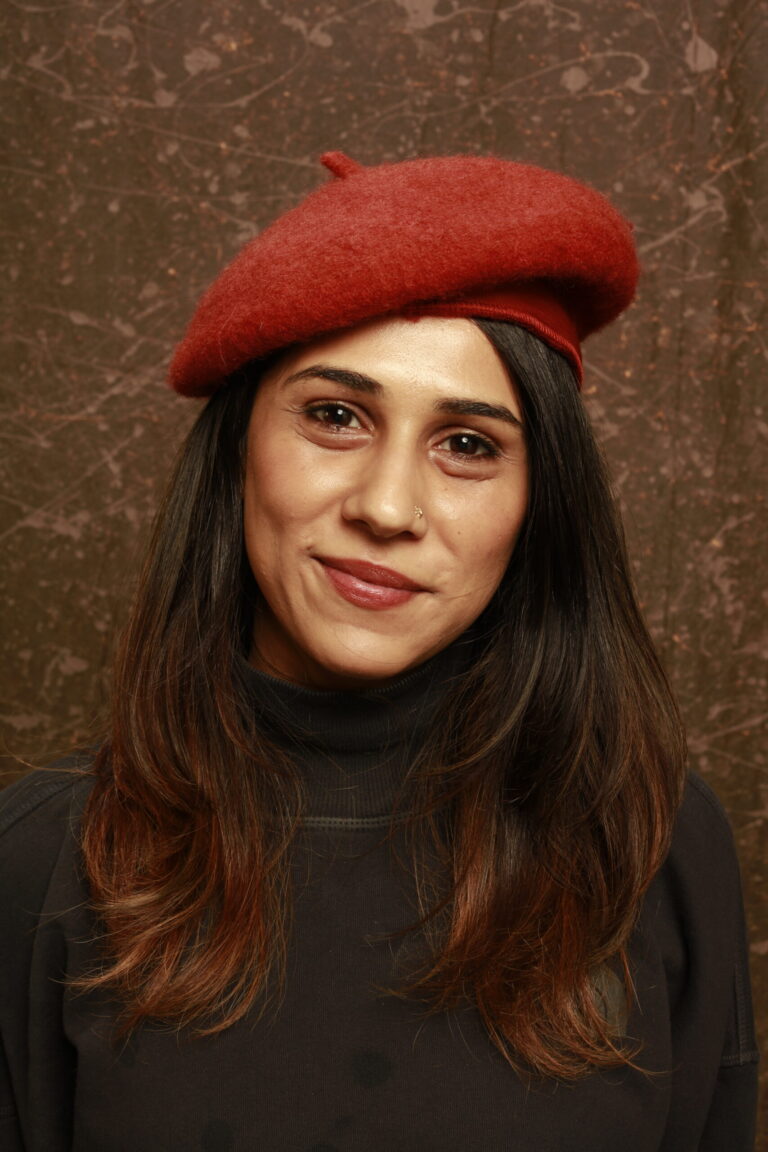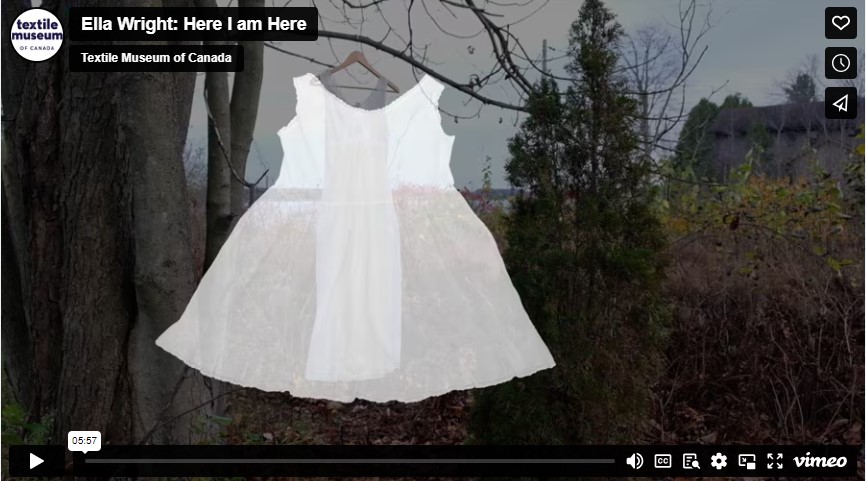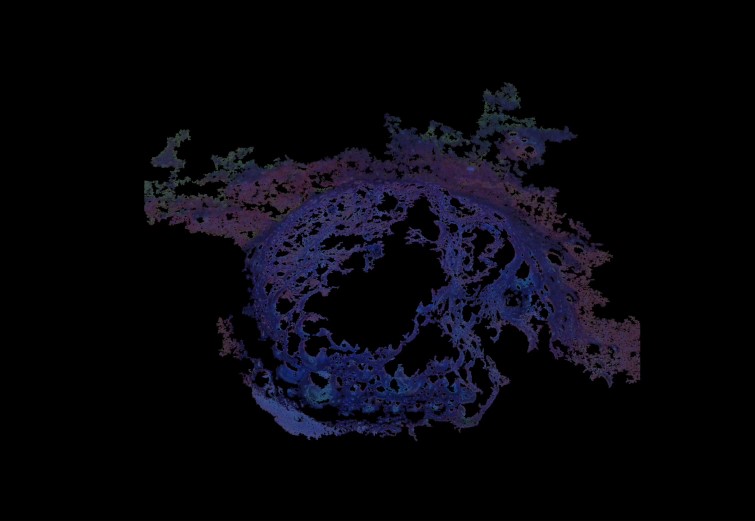Nikita Malik: Kantha Craft from Bangladesh
In the video below, Nikita Malik responds to an embroidered bed cover [T04.24.152] from West Bengal. Nikita was drawn to how the craftsmen translated animals, birds, trees, and everyday life into a textile that to her feels like poetry in threads. For Nikita, this textile is the craftsman’s way of storytelling wherein s/he has combined naturalism and imagination to embroider scenes that illuminate the subtle aesthetics of nature. She believes that this textile is a reminder of the important role that slow crafts and textiles have in developing a sense of community through the act of coming together to embroider while singing, chatting, and storytelling.
Below is the image of the piece that inspired Malik to create her response. Learn more about this piece in our online collection by clicking on the live link below.
Bed cover or Kantha [T86.0096]
Asia: South Asia, India, Eastern India, West Bengal – 1920 – 1960
From the Fitzgerald Collection to the Textile Museum of Canada




